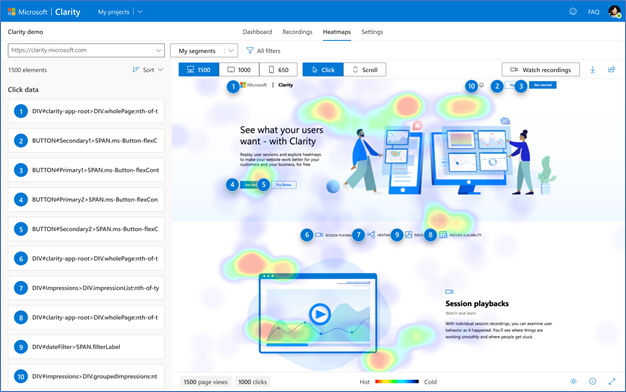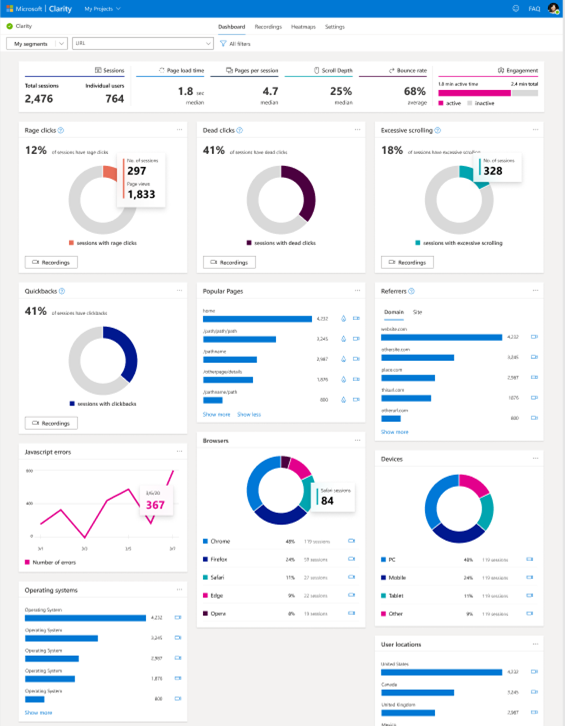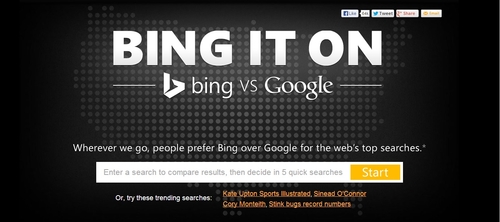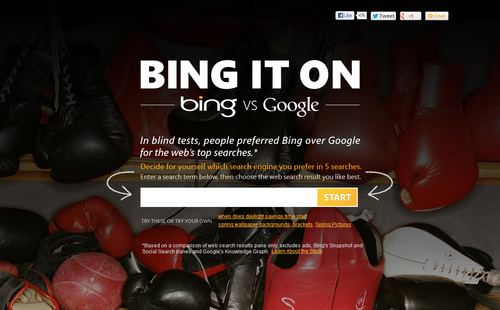After an… interesting rollout, Bing is making some changes to its much-talked-about AI chatbot. As the company announced yesterday afternoon, Bing will limit users to 50 questions per day and 5 questions per session to rein in the new system.
Since its rollout, users have been sharing examples of the chatbot, created in a partnership with OpenAI, getting up to all sorts of bad behavior. Some of the most notable include gaslighting users about the year, committing accidental racism, and even trying to blackmail a user by threatening to release personal information.
Early AI Chatbots “Somewhat Broken”
Addressing the situation in a tweet thread, OpenAI CEO Sam Altman admitted that the current AI tools are “somewhat broken” but stressed the importance of letting the world see and influence these early stages to help “get it right” down the line.
“We think showing these tools to the world early, while still somewhat broken, is critical if we are going to have sufficient input and repeated efforts to get it right. the level of individual empowerment coming is wonderful, but not without serious challenges.”
At the same time, Altman says it is important to regulate these tools while they are more bark than bite, saying “we are potentially not that far away from potentially scary ones.”
What Bing Is Changing
Bing is limiting chat sessions to 50 chat “turns” or questions a day, with each session being limited to 5 “turns”. Specifically, Microsoft defined a turn as a complete exchange including a question from a user and a reply.
“Our data has shown that the vast majority of you find the answers you’re looking for within 5 turns and that only ~1% of chat conversations have 50+ messages. After a chat session hits 5 turns, you will be prompted to start a new topic. At the end of each chat session, context needs to be cleared so the model won’t get confused. Just click on the broom icon to the left of the search box for a fresh start.”
For more, read the announcement from Bing here.








